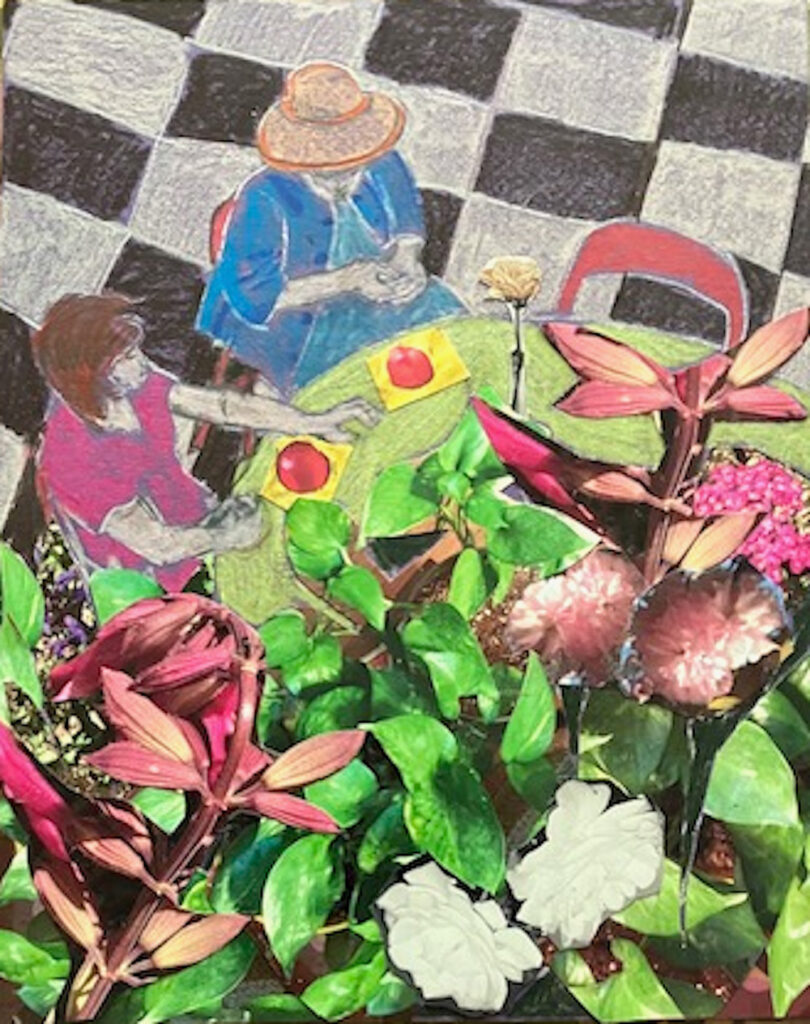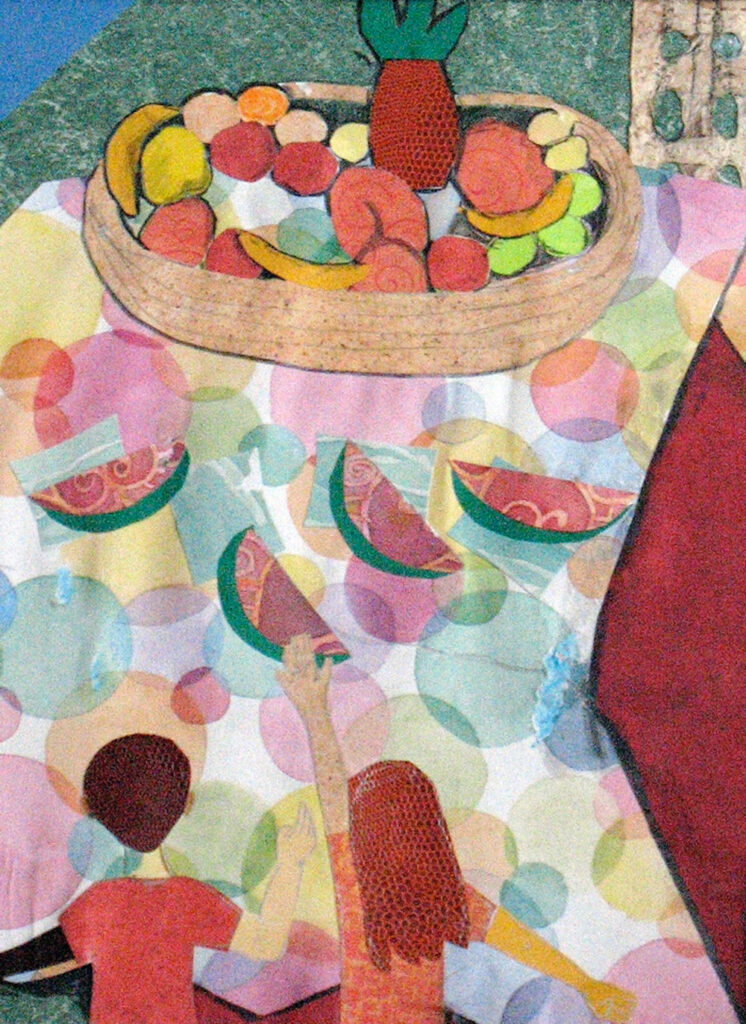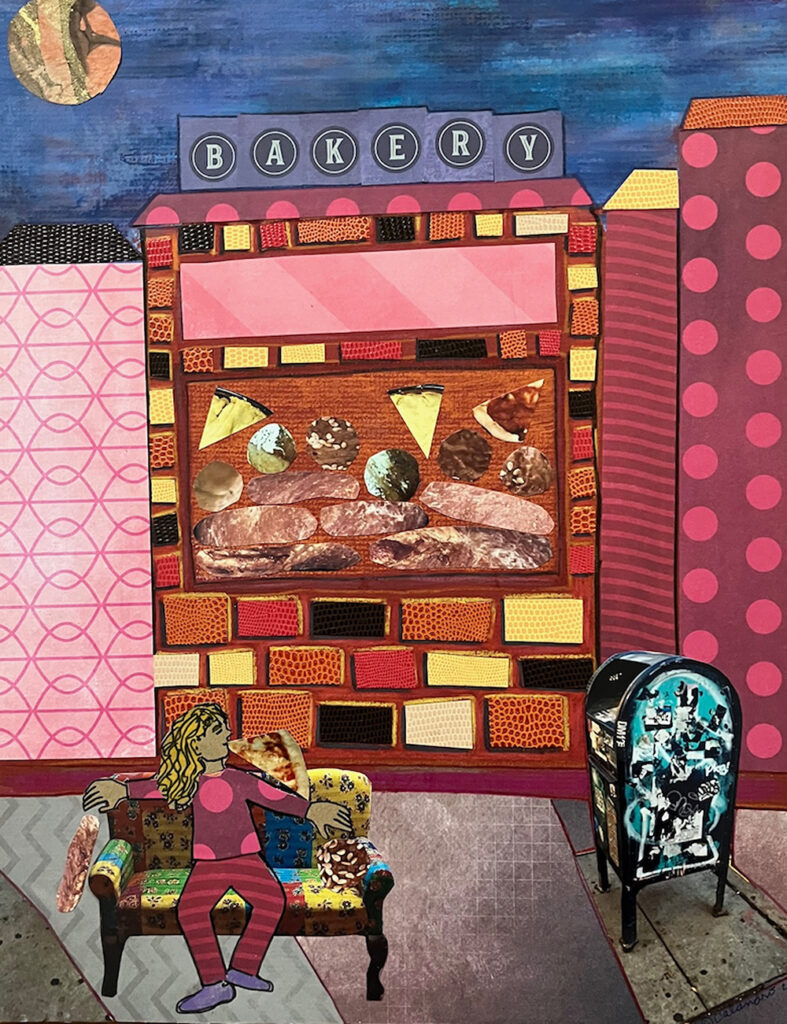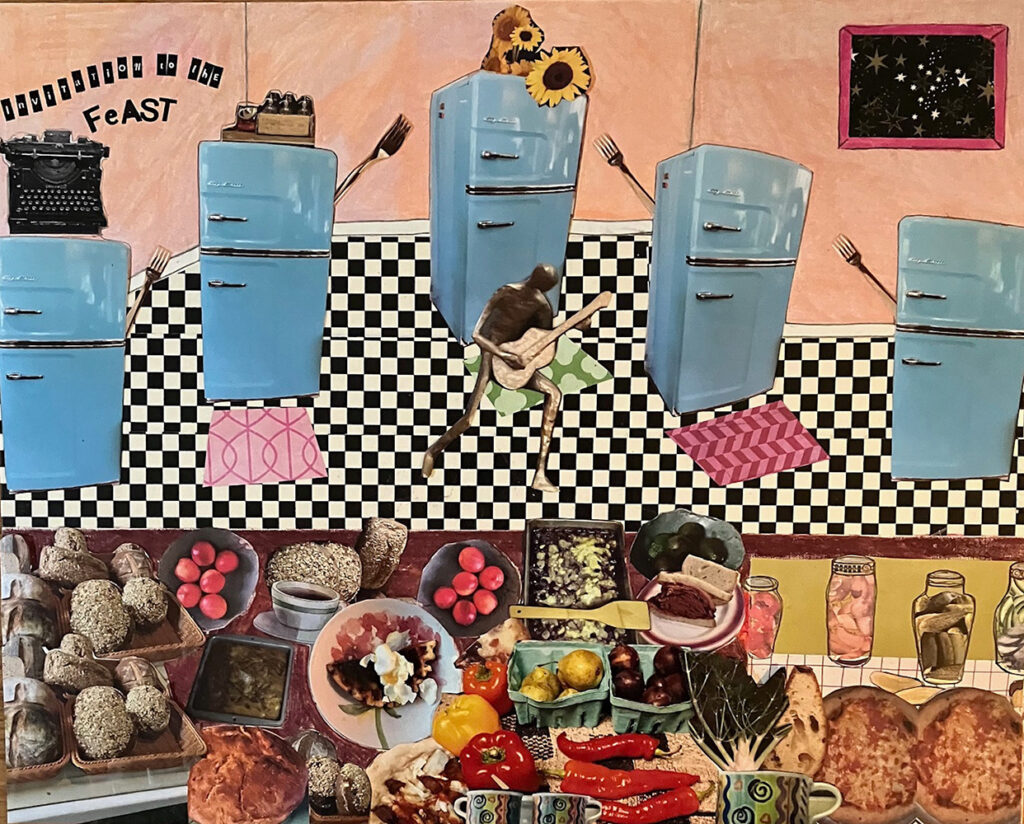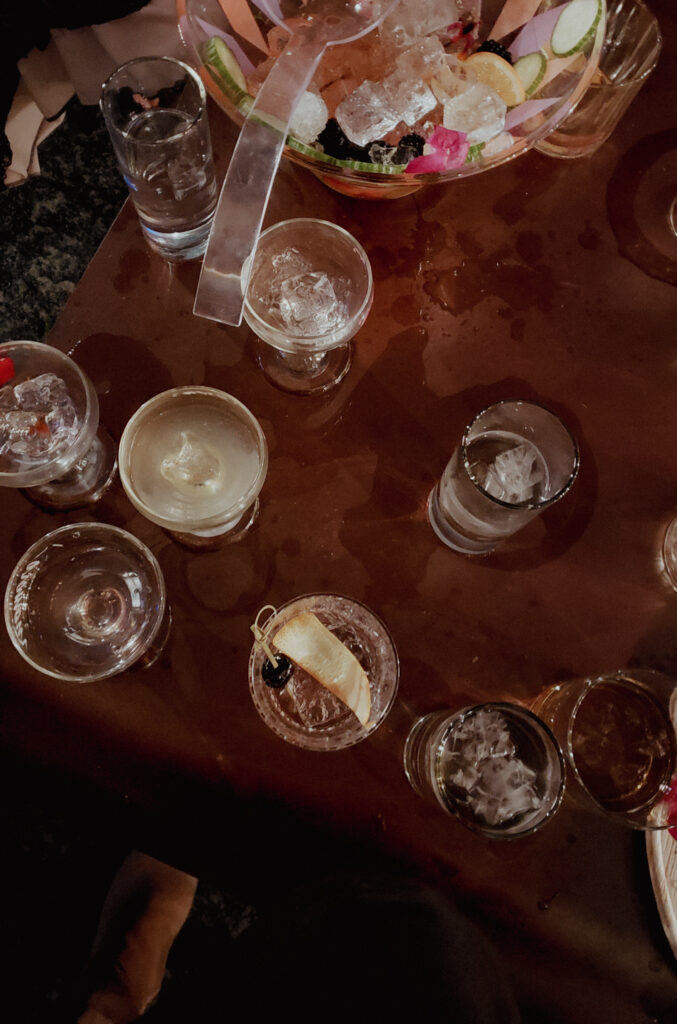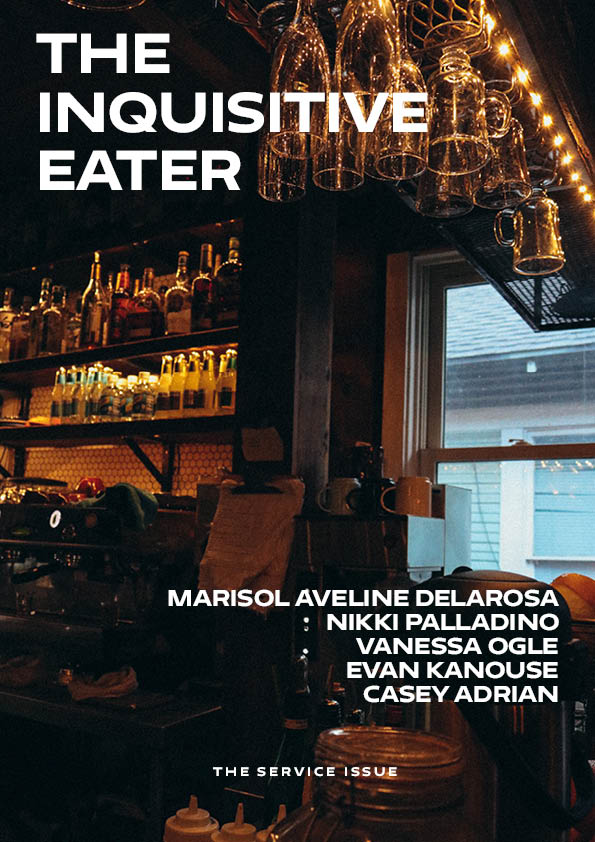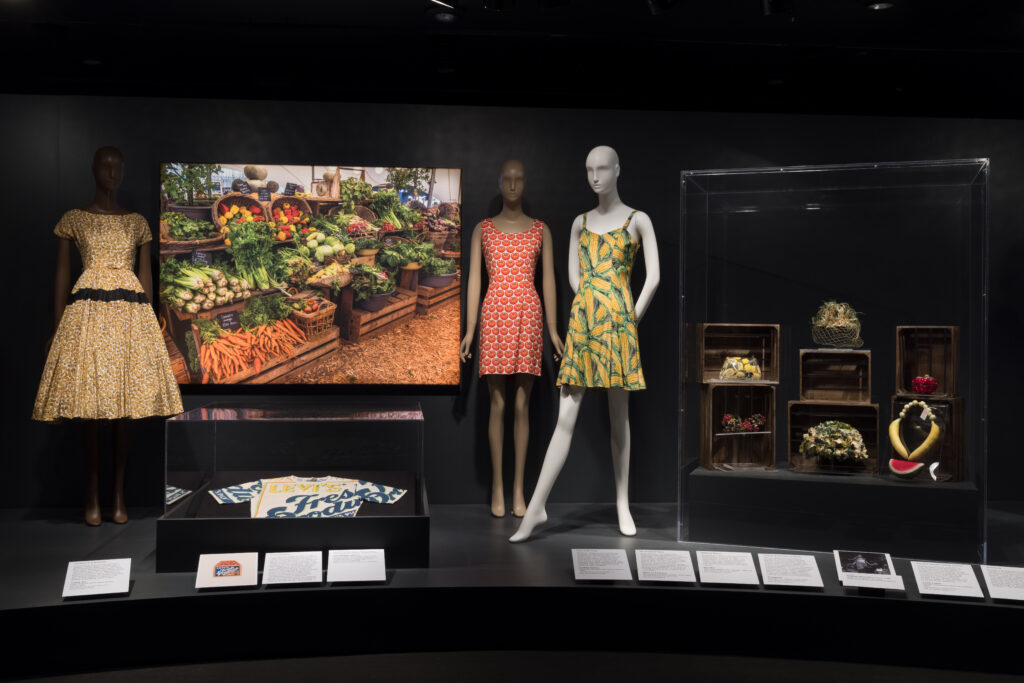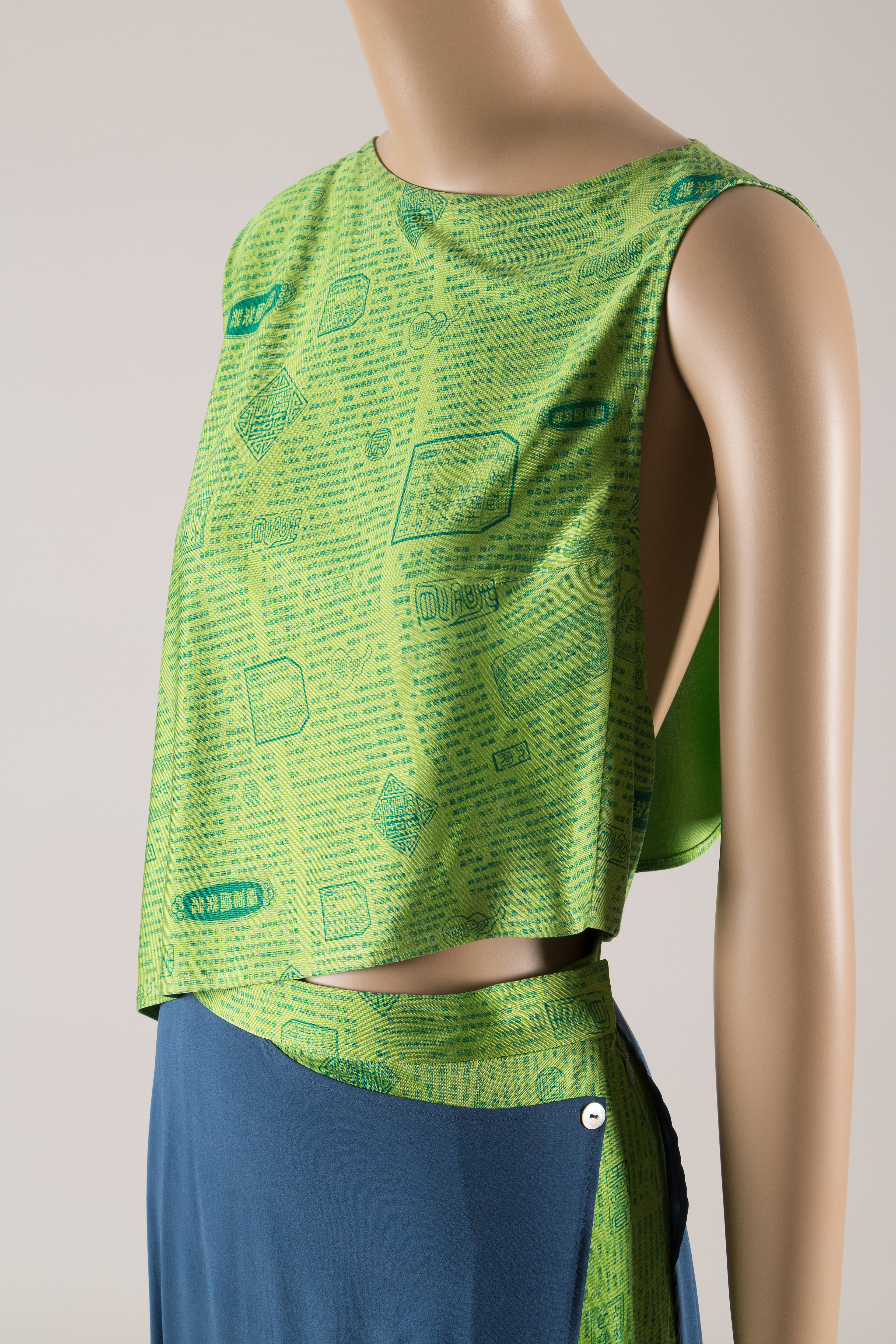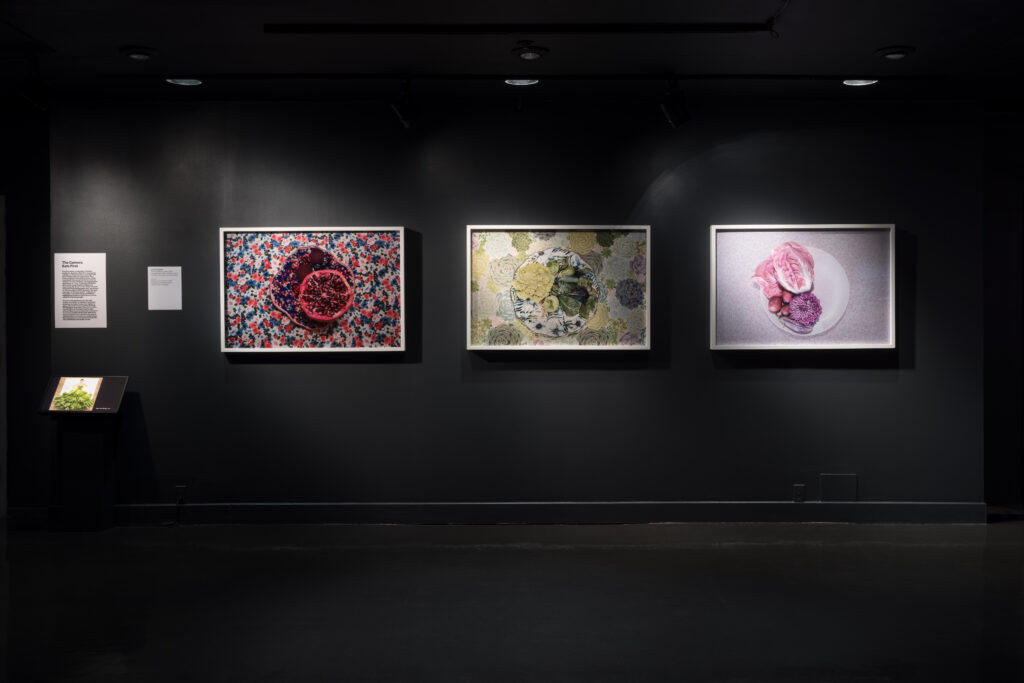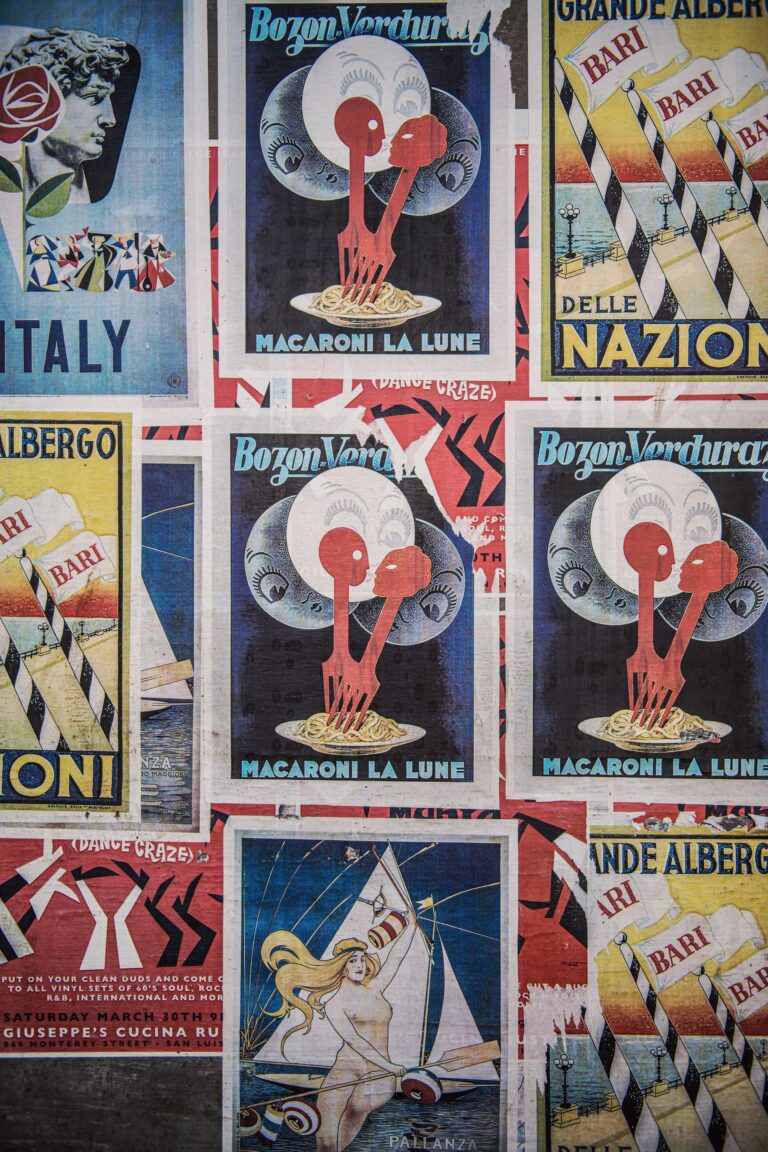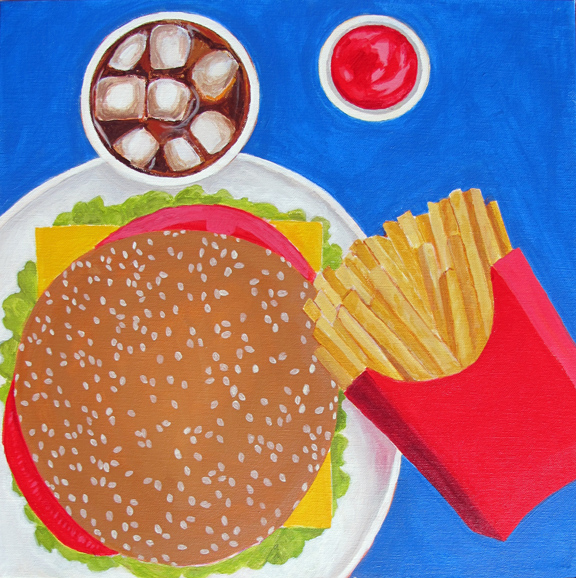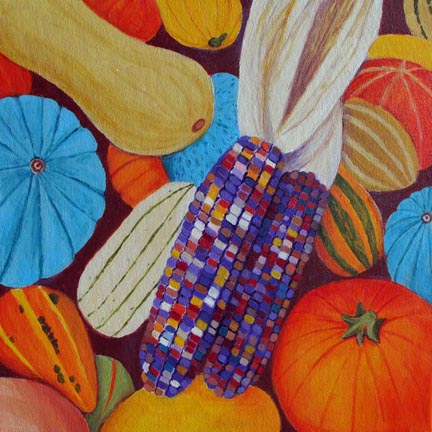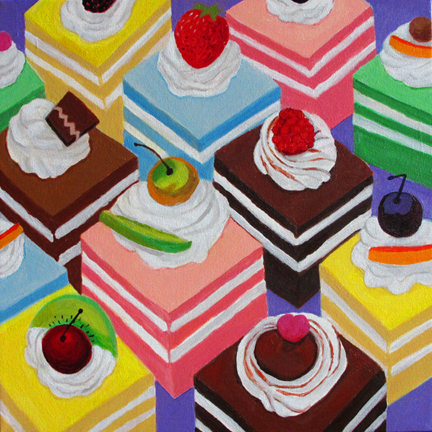It makes sense that Ramadan is so difficult to practice, in its purest form, in such a distracted and desensitized nation.
Influenced by mystical Islam and other faiths, the Lebanese-American writer Kahlil Gibran wrote The Prophet based on a fictional prophet delivering lessons on life through a series of poetic fables. When asked to talk about about eating and drinking by an old man, he says,
And when you crush an apple with your teeth, say to it in your heart, / “Your seeds shall live in my body, / And the buds of your tomorrow shall blossom in my heart, / And your fragrance shall be my breath, / And together we shall rejoice through all the seasons.
One must acknowledge the sacrifice that a living, or nonliving, being made in order to provide sustenance for another, and all the ways we are connected to what we eat, he explains.
Ramadan, the holy month where Muslims fast from food, water, and other desires, urges a similar level of mindfulness and appreciation around sustenance. But I never quite felt the spiritual weight of it when practicing it in my adolescence and young adulthood. The long-gone Ramadan of my childhood was long nights of prayer and tea and treats until sunrise. It was especially sweet when this month, which is based on the lunar calendar and is 10 days earlier each year, would land on my summer vacation. You could sleep until the late afternoon if you wanted.
Once I got to university, I would often break my fast in a rush, alone in my kitchen with leftover food. Having to dedicate a very specific time to eat was often a frustrating inconvenience more than anything; I had assignments to complete. I especially struggled with waking up before sunrise to start my fast, which left me with only a few hours before I had to get ready for work or school.
I had come to practice a watered down version of Ramadan, I realized. This year, I vowed that things would be different. It was my first Ramadan after my move to New York, and I wanted to truly understand the spiritual realm of the month, not just count the hours until it was time to eat. It also became the first time I truly understood why the Prophet Muhammad, whose teachings Muslims follow around the world, said “he is not a believer whose stomach is filled while his neighbor goes hungry.”
Throughout the month of Ramadan and for months before, Israel has waged a war of hunger in Gaza. At least 31 Palestinians have died of starvation, including 27 children, ahead of Israel’s plans to further escalate into Rafah, the southernmost part of Gaza where Israel has trapped over a million people. All 2.2 million people in Gaza are facing acute food scarcity, with half of the population on the brink of starvation. According to the Integrated Food Security Phase Classification (IPC), there has been a critically steep increase in malnutrition, and levels of acute food insecurity have already “far exceeded” the threshold for famine in northern Gaza. Israel is using starvation as a weapon of war, systematically blocking the entry of aid into the Gaza strip and killing those who attempt to deliver it. The rest of us watch helplessly.
Despite not knowing when their next meal will be, countless Muslims in Gaza still decided to fast this past Ramadan. At the same time, millions of Muslims in the United States and around the world were fasting alongside them, some blessed with large, extravagant dinner parties while others persisted despite similarly struggling with constant hunger. (In America, over 12 percent of households are food-insecure.)
Many Americans don’t think much about how their food ends up on their plate, and that includes myself. The average American eats their dinner in under 20 minutes, and 34 percent of Americans eat their dinner alone every day. In contrast, Ramadan requires you to eat with a sense of intentionality: you start your fast at sunrise and break your fast at sunset. That means when the sun dips below the horizon to mark the end of the day, and the imam makes the call to prayer, you pause for a moment to have a date or a sip of water at the very least. Those who have been blessed with more time, often have community iftars and congregational prayers. And those who are unable to fast for medical or other reasons, are instead required to feed someone for 30 days.
But Ramadan doesn’t just force you to slow down. It forces you to strip away any distractions—peel your eyes off whatever Excel sheet you’ve been crunching numbers into, whatever show you’re binging, whatever minor heartbreak you’ve been agonizing over—and pay attention. Pay attention to what is going on inside you, all the internal battles your ego faces. Pay attention to your neighbor, whose struggles you have yet to understand.
When we can’t even make time to sit down and eat by ourselves—nevermind cook together and share a meal with our loved ones—who will we have time to remember?
This need for reflection goes beyond just food, and speaks to a general lack of awareness of the world at large. In a Gallup survey testing American adults’ knowledge on international issues, only six percent of respondents answered correctly for 80 percent or more of the questions. People are hungry to know more—80 percent agreed it is important to teach foreign policy in high school, yet only 30 percent said that they learned it when they were in school. There are consequences to this lack of foreign policy education. This is the education that leads people to support the bombing of Agrabah, a fictional country that sounds just foreign and middle-eastern enough for people to rally behind its destruction.
This disconnect is what allowed us to sleep peacefully while Israel created the conditions for famine. Gaza has been under a permanent blockade since 2007, and has experienced restrictions on travel to and from the strip for decades, restricting access to medical care, economic opportunities, and basic sustenance for the Palestinains that live there. Before October 7, almost 80% of Gaza’s population already relied on humanitarian assistance for survival. This forced dependence gives Israel the power to give or withhold food and other necessities at their will.
It’s been hard for me to think about anything else lately. People say that the war is not about religion. In many ways, I would agree, but it’s difficult to ignore the Palestinians praying amidst the rubble of the mosques Israel bombed, or families breaking their fast with the scraps of food they were able to get amid a suffocating siege. This Ramadan, Muslim worshippers were attacked by Israeli police at Al-Aqsa mosque (thwarting access with force to the holy site is a scene that has been seen in Jerusalem many times before). Israel mockingly dropped leaflets on people in Gaza, the same way they have announced impending air strikes, to commemorate the beginning of Ramadan.
Palestinians’ faith is what connects them to each other and to their land. In order to defeat them, Israel attempts to sever their spiritual bonds. Muslims understand what it is like to have their sacred connections to food, the earth, and to each other slip through their fingers, or worse, have it be forcibly ripped away from their grasp. I won’t take these things for granted ever again.
I haven’t quite mastered all my desires yet. Most days, I managed to eat exactly what I was craving, without waiting too long past sunset. I still struggled to wake up before sunrise, because I had to get up for work on time. But this Ramadan has made me painfully aware of the ways inequality seeps into every aspect of our existence: from how much we get to eat, to how much time for reflection and self-determination we can afford. The only way the oppressive systems of our world function as they are, and will continue to function, is through isolation of the average man from the devastation their country is causing elsewhere.
The larger community has been similarly reenergized by Ramadan. Every community iftar or prayer I attended included a word or prayer for the people of Palestine. In late March, an iftar hosted by New York Mayor Eric Adams was boycotted by members of the Muslim community, who gathered for a “people’s iftar” outside with food, prayer and protest, as others also disrupted the event inside. Many refused an invitation to an iftar hosted by President Biden this year, forcing the White House to have a smaller, more modest event with people within his administration. Both Adams and Biden have refused to call for a lasting ceasefire in Gaza. The people refuse to break bread with leaders that do not stand against the starving of their kin.
I cried the first time I heard the adhan, or call to prayer, in New York, from the speakers of a mosque on Fulton Street. I was heading home from work, late to break my fast, and a food truck was handing out meals to those waiting in line. It was a peaceful, poetic call that signaled for everyone to pause and feed themselves and their neighbor. It stood in such contrast to the lights and sounds of a dwindling rush hour. That we had an entire month dedicated to discipline, reflection, and mutual aid, is a miracle in itself.
S.B. is a writer based in New York.



